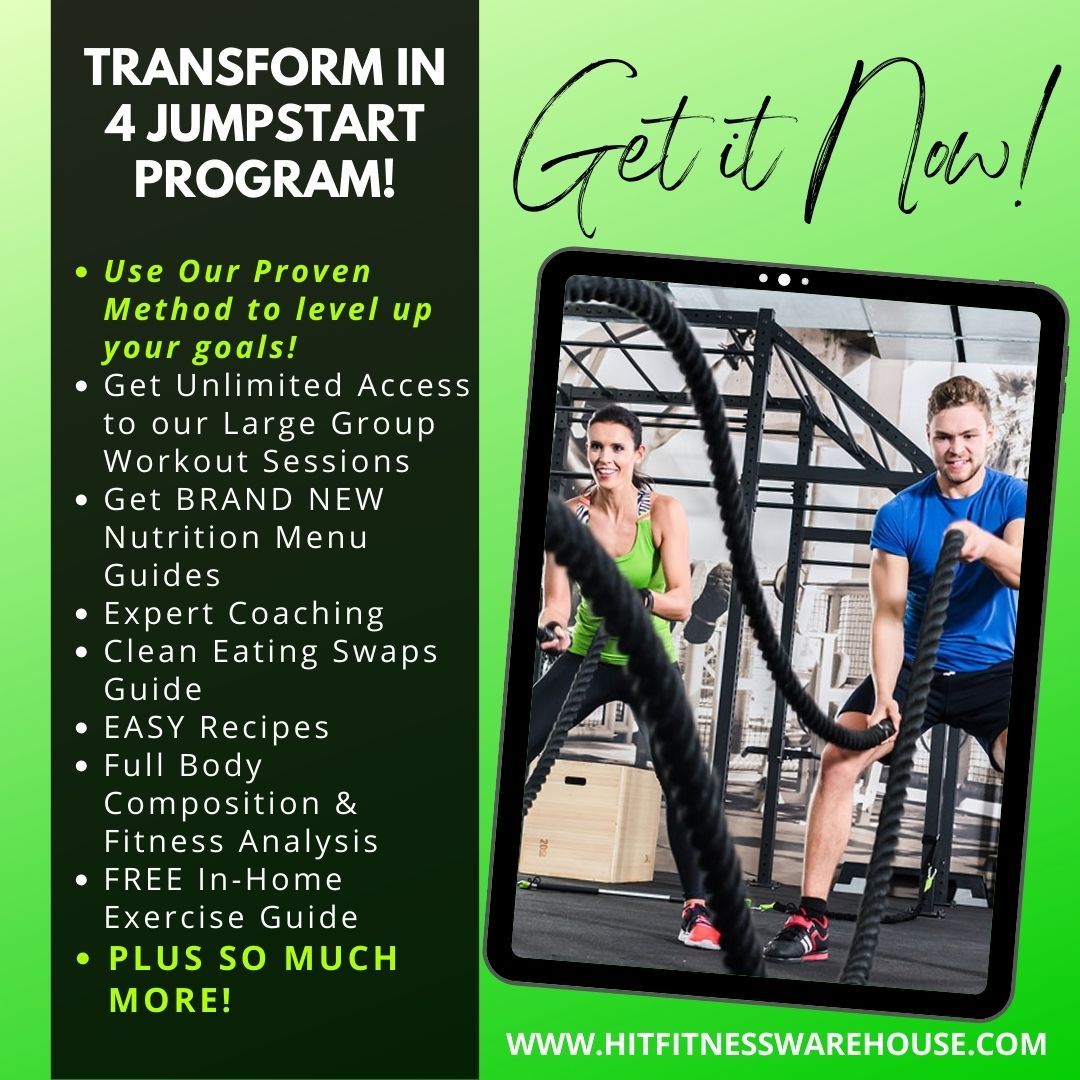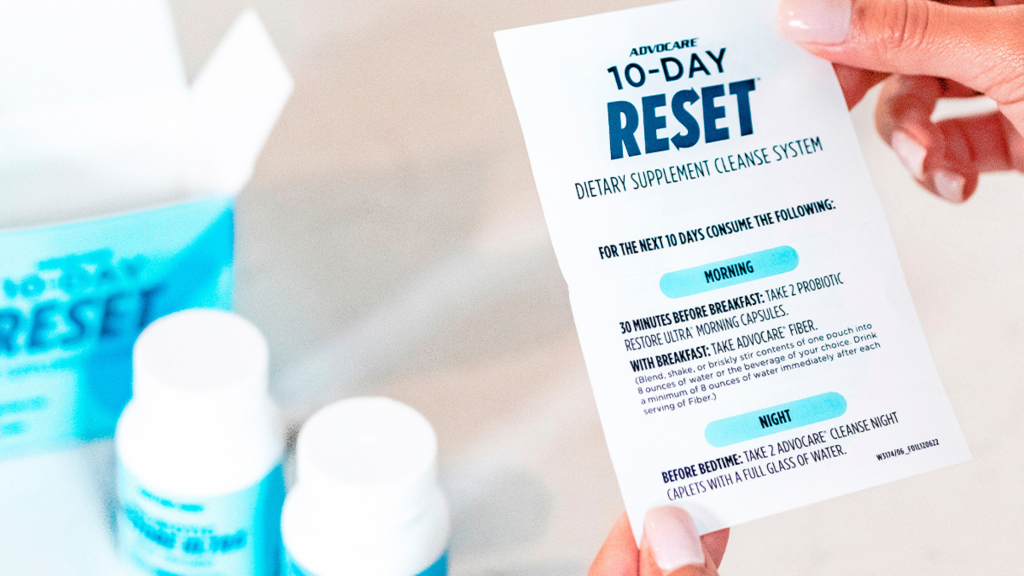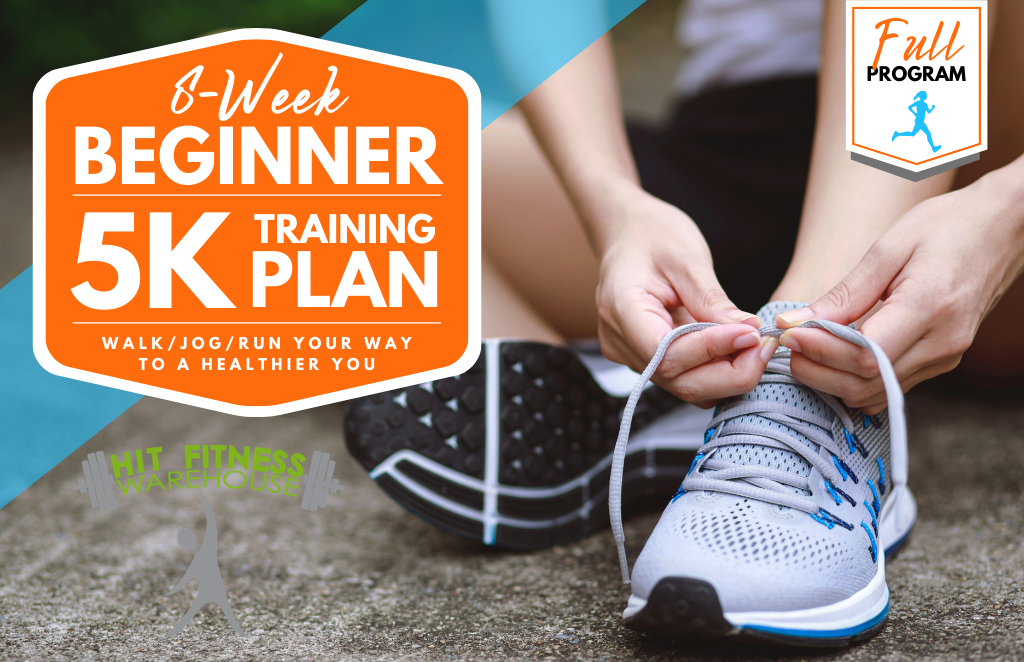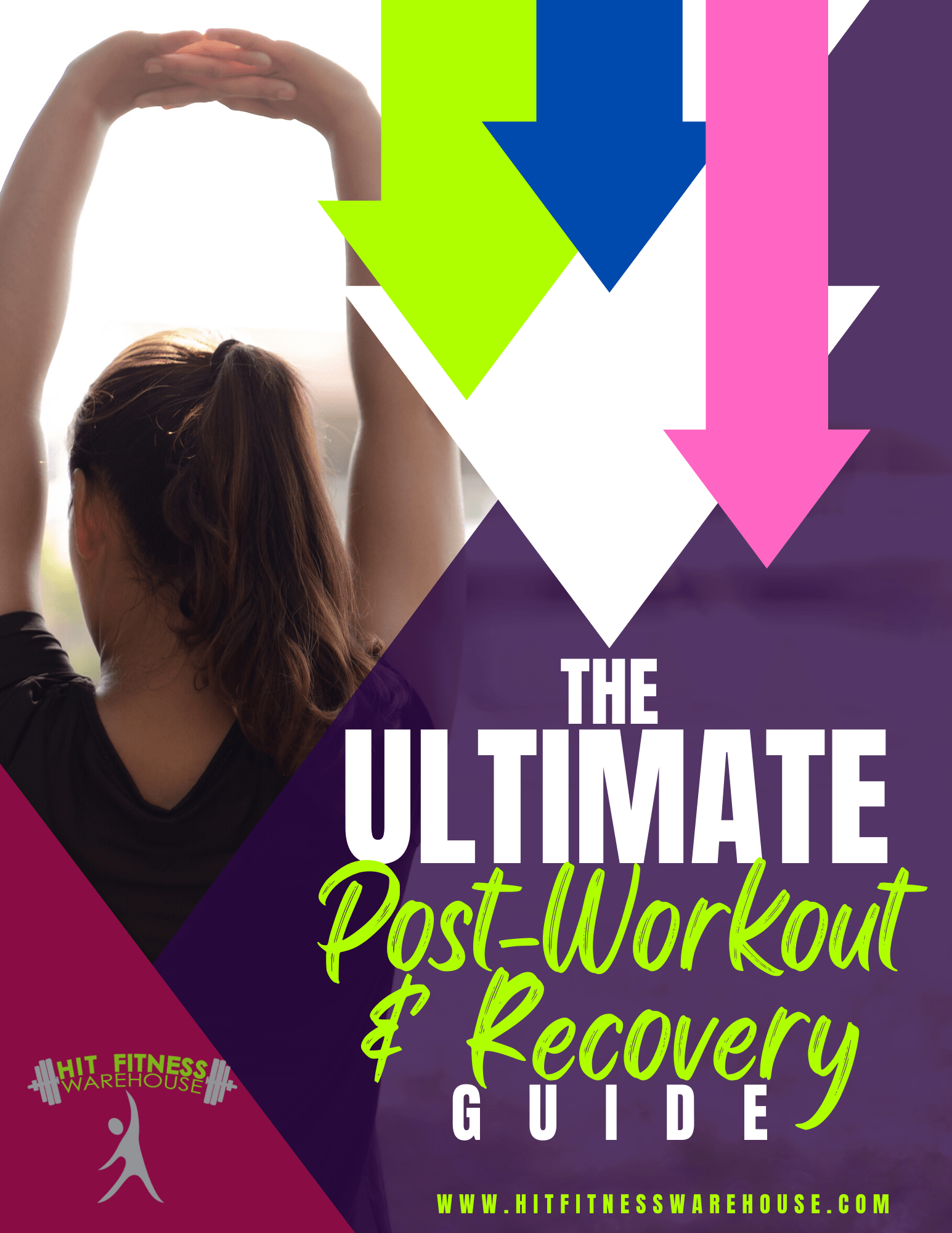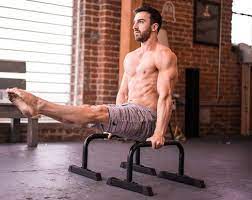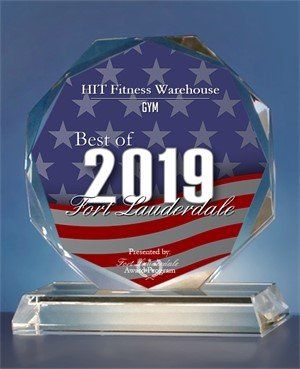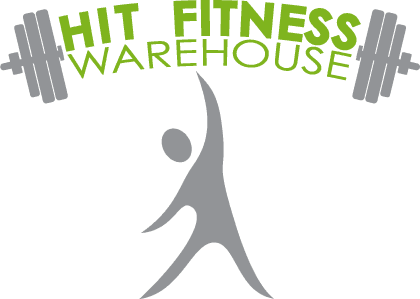Do Your Hips Hurt? If So Try This!
“I used to feel like I needed to stretch my hips, but when I stretched, the feeling would only go away for a little while. It always came back.”
Do you ever feel like your hips are tight and need to be stretched?
The Decisive Nervous System
Tightness is a sensation, dictated by the nervous system. Sensory receptors embedded in muscle, tendons, and joint capsules let your brain know what’s happening at the joint and what range of motion is available in the event someone comes running in yelling, “fire” and you have to jump up from reading this and sprint out the door.
The nervous system is constantly seeking ways to keep you, the organism, safe. One of the ways it does this is to limit the range of motion in a specific area if the information it’s receiving from the sensory receptors suggests it would be harmful to move past a specific point. There are a number of factors that cause this feedback loop to occur. Let’s pretend the last time you successfully bent forward in a seated position on the floor with your legs long to touch your toes, was when Zack Morris and AC Slater were walking the halls and running their school in ‘Saved by the Bell’. You obviously would not feel too comfortable with this stretch
If you practiced folding forward to touch your toes regularly for three weeks, you would notice it getting easier. You would not feel the sense of stretch as quickly, and you may find the discomfort that was originally associated with the movement feels less like discomfort, and more like a “good” stretch. Were you really tight, a word that is thrown around to describe a muscle that is taut, like a rubber band? Or were you simply experiencing a sensation designed to keep you safe while your brain assessed this “new” position and decided whether it was an okay place to be?
Try this. Think about your shoulders as you sit here, reading (or skimming) this article. How do they feel? Now, raise your right arm overhead until it comes to a natural stopping point. Lower your right arm down.
Many people will experience a stopping point slightly before or as the arm approaches a vertical position. (And for those of you that didn’t feel a natural stopping point before vertical, kudos to you for having excellent shoulder flexion). If you did feel a stopping point, one could argue your shoulders have a more limited range of motion. (There are lots of potential reasons your arm isn’t going all of the way overhead, but we are looking specifically at the concept of the sensation of tightness, so there will be no tangents about shoulder mobility. This time). One might even say your shoulders are “tight.” But do they feel tight to you as you go about your daily life? Probably not. So the sensation
of tightness doesn’t always correspond to a joint expressing a limited range of motion.
If the sensation of hip tightness doesn’t actually mean that you are tight and you need to stretch, what does it mean?
The Value of Strength
The thing about the hips is that they are designed to withstand load in a variety of ways throughout the day.
Maybe what you are experiencing is actually hip weakness. I mentioned in the first paragraph that The way I made my hip stop feeling tight was to do lots of ‘front scales’ aka ‘single leg rdl’, which is a straight leg hip flexion strengthening exercise. When my hip became stronger, I no longer felt the need to stretch it.
Numerous studies have concluded that feelings of back stiffness did not correspond to actually having a stiff back.1 They also suggest feeling stiff may be protective in nature- people with chronic low back pain overestimate force applied to the spine when compared to people that don’t have chronic low back pain.
If you look at this another way, the person with the sensation of a stiff back and chronic low back pain doesn’t feel strong enough to handle a change in force, so lack of strength is potentially causing the sensation of stiffness.
If you are still with me, I am about to make the leap that maybe the sensation of chronic stiffness isn’t purely muscular; maybe, like with chronic pain, it’s multi-faceted and one way to combat it is to improve proprioception and a sense of resiliency through loading the area in a variety of ways. In other words to prevent low back pain you need to get strong!
Strengthen Your Hip Flexors
Below are five exercises that strengthen the hip flexors. By incorporating a variety of positions, the muscle gets strengthened at different angles and in different positions. being strong in all positions makes things better.
You will notice some of the exercises are open chain (the foot of the leg that’s being strengthened isn’t on the ground), and others are closed chain (the foot of the leg that’s being strengthened is on the ground). The muscles that control the hip not only lift the leg up; they also lower the hips towards the floor. To fully strengthen the hip, you want to make sure you strengthen it using both open and close chained exercises.
If you incorporate stretching and it makes your hips feel better, that’s great. It’s not that you should avoid stretching the hip altogether; you simply want to make sure you are also strengthening it if you truly want to alleviate the feeling of chronic hip tightness.
I am focusing on breathing in through my nose for a count of four and out through my mouth for a count of six. As I am breathing, I am feeling the connection of my feet against the floor/wall and the weight of my pelvis and ribs against the floor. Breathing also influences mobility in the pelvis and how your hips feel. It is, after all, all connected.
Follow these 4 steps in order and you will be on your way to ‘Hip Heaven’ ! Let me know how you do??
LACROSSE BALL GLUTE RELEASE - 30-60 sec/exercise
ALTERNATING HIP INTERNAL ROTATION - 30 reps/side
FIRE UP YOUR HIPS - 3x10/exercise per side
WALL HIP SLIDE - 30 reps/side
References:
1. Stanton, T.R., Moseley, G.L., Wong, A.Y.L., & Kawchuk, G.N., (2017). Feeling stiffness in the back: a protective perceptual inference in chronic low back pain. Nature.
Let us know what you think follow us on:
Instagram: http://instagram.com/hitfitnesswarehouse
Facebook: https://www.facebook.com/hitfitnesswarehouse
Twitter: https://twitter.com/hitfitness954


